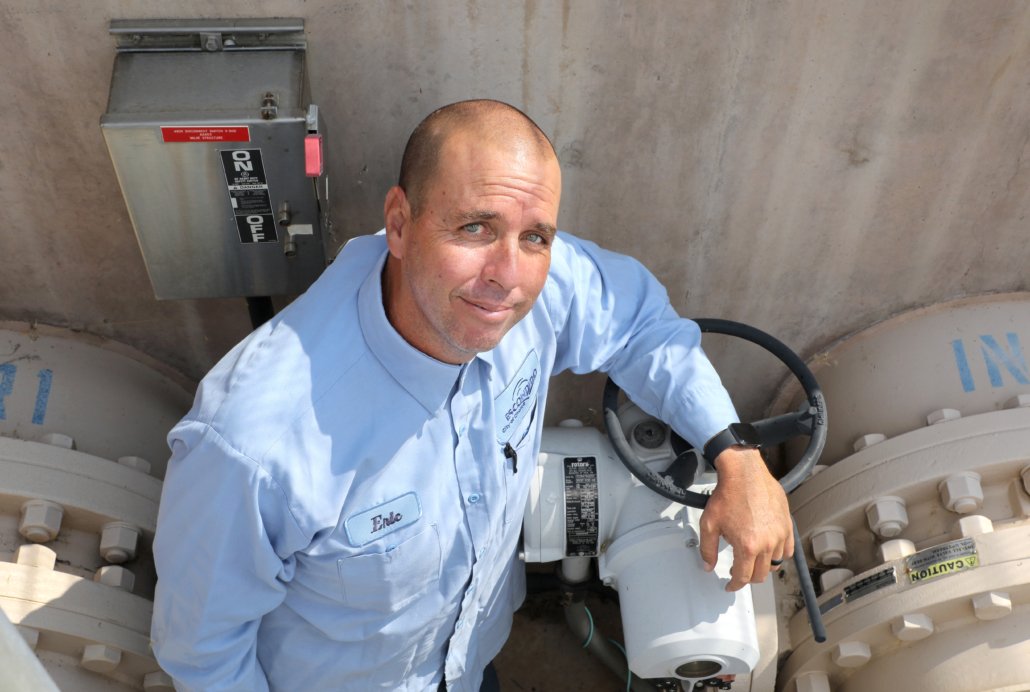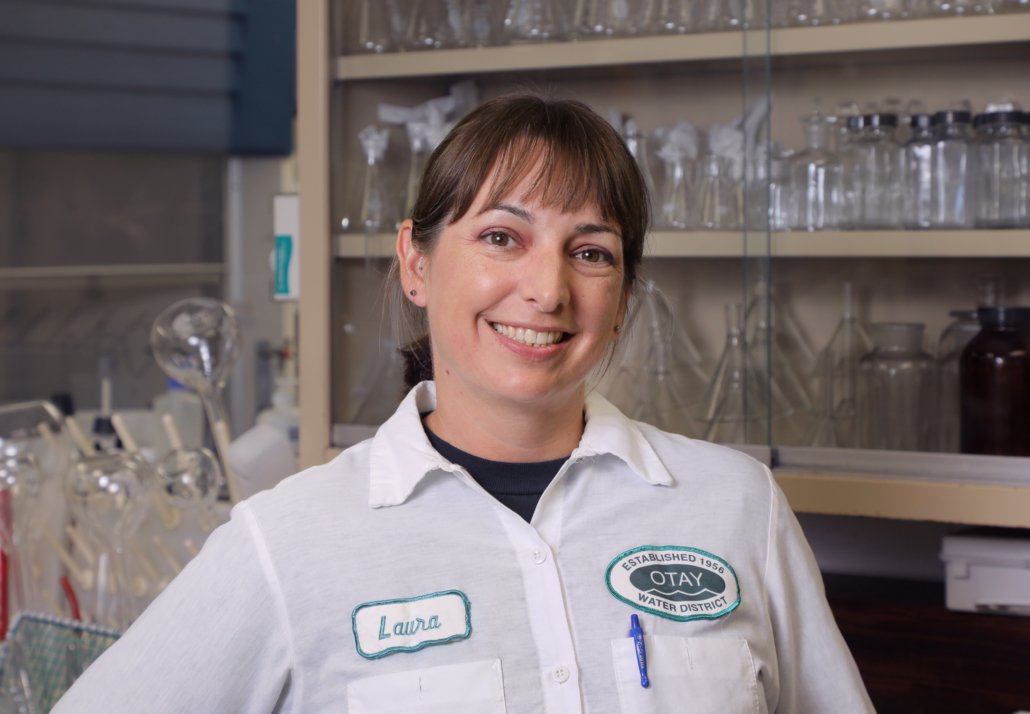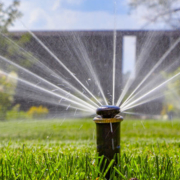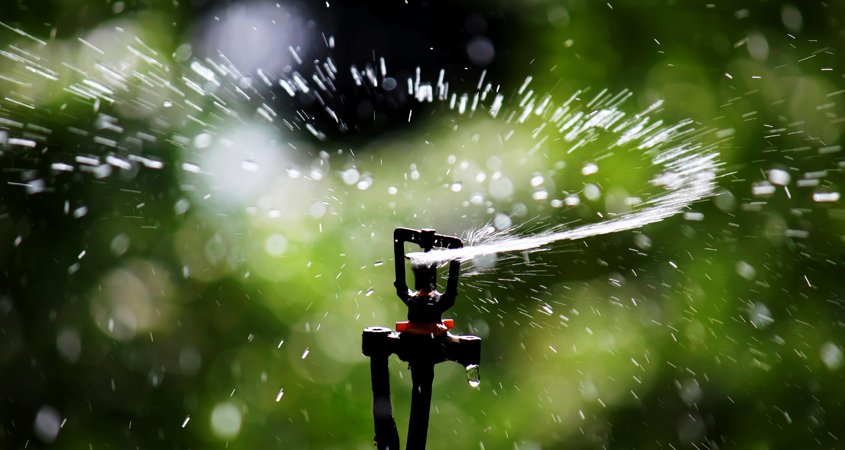Learn About Water Industry Career Opportunities From the Pros
Looking for a challenging and satisfying career? Current and aspiring professionals can learn about water industry career opportunities through the San Diego County Water Authority’s “Faces of the Water Industry” social media outreach campaign in October.
The campaign, inspired by ACWA’s California Water Professionals Appreciation Week, highlights the San Diego region’s water and wastewater professionals and the essential work that they do to provide safe and reliable water supplies for 3.3 million people and a $253 billion economy.
Water Industry Pros Share Their Stories
The Faces of the Water Industry campaign features the stories of 21 water industry professionals through a series of social media posts and videos. Beginning October 1, follow the Water Authority on Facebook, Twitter, LinkedIn and Instagram to read inspiring stories from the region’s water and wastewater pros.
Eric Amavisca, Water Distribution Technician

Eric Amavisca, Water Distribution Technician, City of Escondido
“Growing up near the ocean, water always played an influential part in my life,” said Eric Amavisca, Water Distribution Technician at the City of Escondido. “I always knew I wanted to work with water but wasn’t sure how until I was surfing with a close friend one day. He mentioned a nearby community college offered classes focused on water distribution. I decided to take a leap and try it out. The classes were appealing to me. Therefore I began a career in water distribution. Water is one of our most valuable resources, and I’m happy to protect it for the future. I find gratification in protecting the City’s water infrastructure.”
Laura York, Laboratory Analyst

Laura York, Laboratory Analyst, Otay Water District
“The most rewarding aspect of my job is that it contributes to society. Water is a vital resource that all life depends on for survival,” said Laura York, Laboratory Analyst at Otay Water District. “As a lab analyst, I monitor water quality and protect public health by ensuring the water meets regulatory requirements and is safe for drinking. Working in the industry also provides lifelong learning opportunities as there are continuous challenges and the accompanying need for innovation and improvement.”
Jorge Pena Veloz, Customer Service Representative I (Field)

Jorge Pena Veloz, Customer Service Representative I (Field), Sweetwater Authority
“I was inspired to work for a water agency because I knew that the work I would be performing on a daily basis would have an immediate impact on our customers and that the service that we provide is vital to everyday life,” said Jorge Pena Veloz, Customer Service Representative I (Field) at Sweetwater Authority. “In addition, I knew that working for the Authority would not only bring me satisfaction but also help me and my family have a bright future.”
Karla Sanchez, Engineering Technician II

Karla Sanchez, Engineering Technician II, San Diego County Water Authority
“Working in the water industry is very rewarding,” said Karla Sanchez, Engineering Technician II at the San Diego County Water Authority. “In the water industry I have had the opportunity to see and grow so much of San Diego. The people and the innovation that goes into providing water is fulfilling. Building infrastructure to ensure that the people around me can live, work and play is a passion of mine. I take pride knowing that I help provide water to the country. I look forward to continuingly growing in my career in the water industry.”
Upcoming Water Industry Career Webinars
The water and wastewater industry offers vast opportunities for essential careers in engineering, operations, finance, public affairs, human resources, administration and information technology.
The Water Authority and California Water Environmental Association (CWEA) is hosting free career webinars for new and current water professionals.
- Veterans in Water – October 6 at 11 a.m.
- Diversity in California Water – October 7 at 12 p.m.
- Virtual Water Career Fair – October 7 at 1 p.m.
- Water Workforce Webinar – October 13 at 12:30 p.m.
- Women in Water – November 3 at 11 a.m.
For job openings, internships and education opportunities across the San Diego region’s water and wastewater industry, go to sandiegowaterworks.org.
(Editor’s note: The Otay Water District, Sweetwater Authority, and the City of Escondido, are three of the San Diego County Water Authority’s 24 member agencies that deliver water across the metropolitan San Diego region.)





